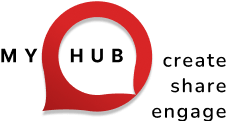Project tracking is the practice of systematically monitoring the progress of tasks and deliverables against an established plan. By collecting real-time data and comparing it to expectations, project managers can spot delays or resource misalignments early—and take corrective action. This kind of visibility helps keep initiatives on schedule and in scope.
The article emphasizes how lacking clarity or slow internal communications are major contributors to project failures—citing that 39% of projects fail due to ambiguous objectives, and 33% cite communication issues. To tackle such challenges, the post recommends selecting project-tracking tools that centralize task lists, timelines, dependencies, and status updates in one place.
To help readers choose wisely, the article presents 10 tools that can support project tracking and team alignment. It also discusses how intranet-based tracking tools (like MyHub’s modules) can make collaboration smoother by embedding tracking within your internal network—reducing context-switching and improving adoption.




